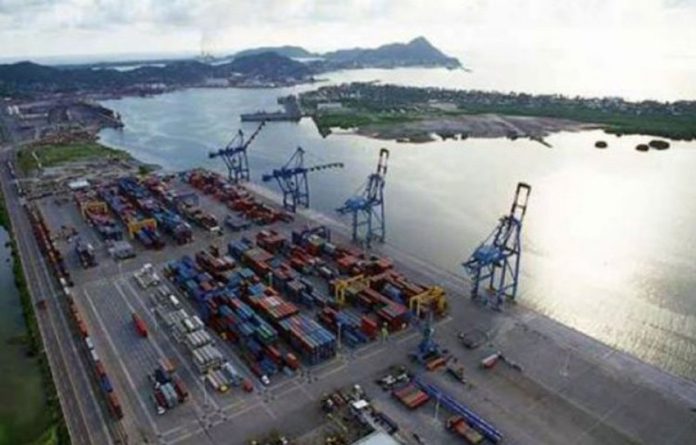Excluding Ensenada from the northern border free zone proposed by the incoming federal government will be an economic catastrophe for the city, says the head of a local business group.
President-elect Andrés Manuel López Obrador has said that his government will establish a zone extending 30 kilometers south of the Mexico-United States border in which the value-added tax (IVA) rate will be cut by half from 16% to 8%, the maximum income tax (ISR) rate will be reduced from 30% to 20% and the minimum wage will be doubled.
Under the plan, border cities such as Tijuana, Mexicali, Ciudad Juárez and Reynosa will get the benefits but cities in border states located further to the south, including Ensenada and San Felipe in Baja California, will not.
Ensenada is about 100 kilometers south of the border.
Alejandro Jara Soria, president of the Ensenada branch of the National Chamber for Industrial Transformation (Canacintra), charges that the plan proposed by López Obrador will effectively cut Ensenada off from the broader economic region and make attracting new investment nearly impossible.
“It would be catastrophic for Ensenada; since 1933 until today Ensenada has always been part of the border region. Ensenada doesn’t see itself not being part of it, it’s surrounded by sea and desert. There is no other city with which it can trade apart from the state of California and with Tijuana and Tecate,” he said.
“From the beginning, the tax benefits that Tijuana or Tecate will have, Ensenada won’t have. Therefore, we won’t be able to attract more investment, all the shoppers who come to Ensenada will buy in Tijuana, the businesses [here] can practically close [now],” Jara added.
The chamber leader charged that a 10% income tax saving and 8% saving on inputs would be too attractive for industry in Ensenada not to take up and they would consequently move their operations closer to the border, adding that there are 450 Canacintra-affiliated factories in Ensenada, generating 25,000 jobs.
“There’s no plan B in this, Ensenada is in a unique situation in the country. That’s why since 1933 the whole [Baja California] peninsula has been considered [part of the border region]. We are isolated . . .” Jara said.
He also pointed out that there are high levels of poverty in the municipality of Ensenada and that low-income workers such as jornaleros, or day laborers, will become even more marginalized.
Baja California Governor Francisco Vega told a press conference Wednesday that he had asked López Obrador to include Ensenada in the free zone plans.
But later the same day, López Obrador confirmed via Twitter that the zone would be limited to 30 kilometers south of the border.
The aim of the plan is to boost investment in 44 border municipalities in six states, he said.
Governor Vega said today it might be possible to include both Ensenada and San Felipe at a later date.
Source: Reforma (sp), Uniradio Informa (sp)
